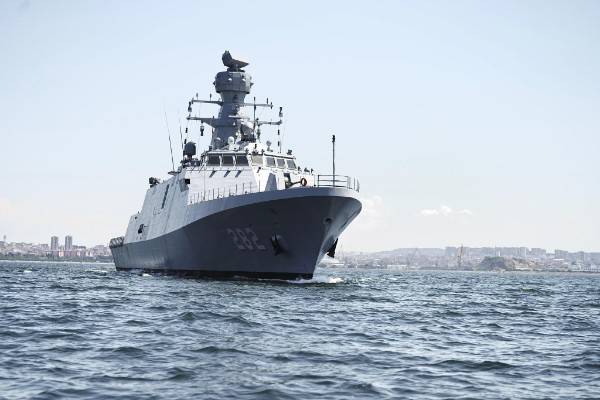Raytheon, an RTX (NYSE: RTX) business, has launched the MTS-A HD, its latest variant of the Multispectral Targeting System, enhancing the targeting and surveillance capabilities of U.S. Navy helicopters. The next-generation system delivers improved imaging precision, clarity, and operational flexibility, specifically designed to support complex maritime security operations.
The MTS-A HD builds on the legacy of Raytheon’s MTS sensor family, which is currently deployed on more than 400 U.S. Navy helicopter platforms. The high-definition system enables faster and more informed decision-making for aircrews operating in contested and low-visibility environments.
“Navy helicopter pilots need the clearest possible view when flying in hostile areas,” said Bryan Rosselli, President of Advanced Products & Solutions at Raytheon. “Our new high-definition sensor system provides aircrews with superior visual capability, allowing them to make faster and more informed decisions when it matters most.”
Read also: NASA Rehearses Noise Measurement Procedures for X-59 Quiet Supersonic Aircraft
Raytheon emphasized that the MTS-A HD incorporates a modular architecture, allowing for efficient upgrades to existing MTS platforms while reducing integration costs. The sensor’s adaptability not only provides current operators with a seamless transition path but also extends the lifecycle and effectiveness of deployed systems.
The company is actively working with both commercial and defense partners to accelerate the production timeline and streamline delivery to operational units. This initiative aligns with the Navy’s broader goals of enhancing maritime domain awareness and target identification during surveillance and reconnaissance missions.
In addition to U.S. Navy adoption, the MTS-A HD is attracting widespread international interest. Nations including Australia, India, Saudi Arabia, South Korea, Greece, Norway, Spain, and Denmark have expressed interest, along with emerging markets across Europe and Asia.
The new system represents Raytheon’s latest advancement in airborne electro-optical/infrared (EO/IR) technology, underscoring the growing global demand for multispectral surveillance systems that offer tactical superiority in naval operations.
Table of Contents
ToggleJaveria Sajid
Javeria Sajid is an Aerospace Engineering student from NUST with a background in technology and a sharp focus on the global political landscape and defence innovation. She writes to make complex defence technologies understandable, and aspires to bridge journalism, policy, and engineering in her work.












